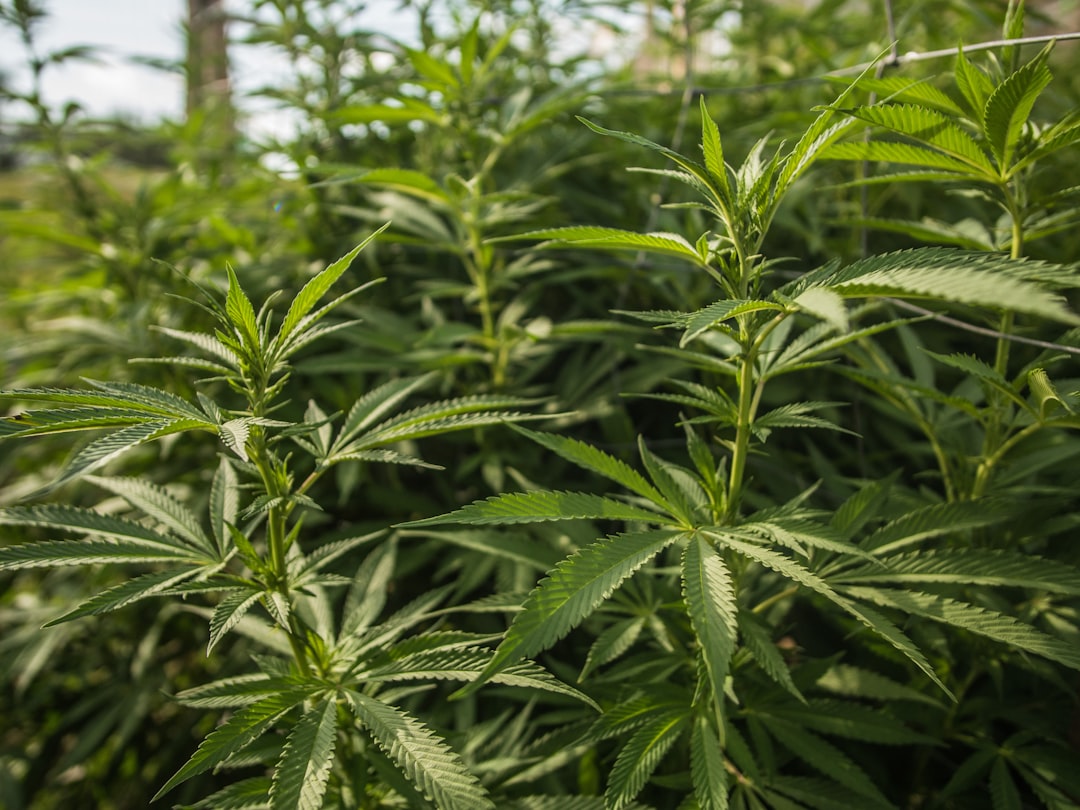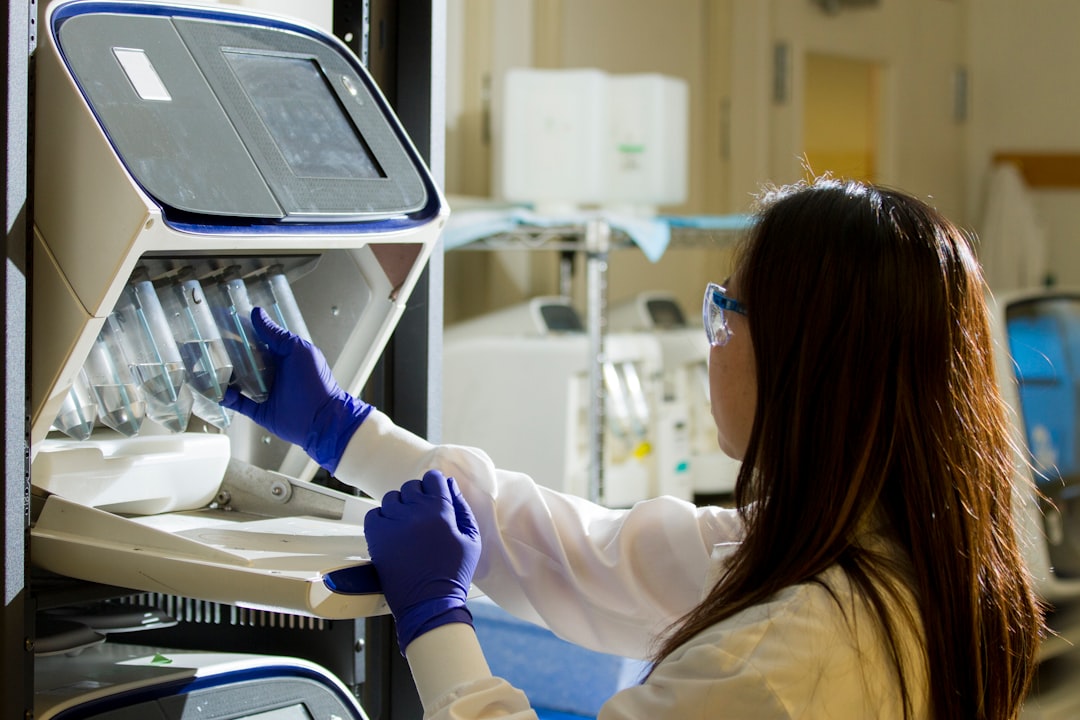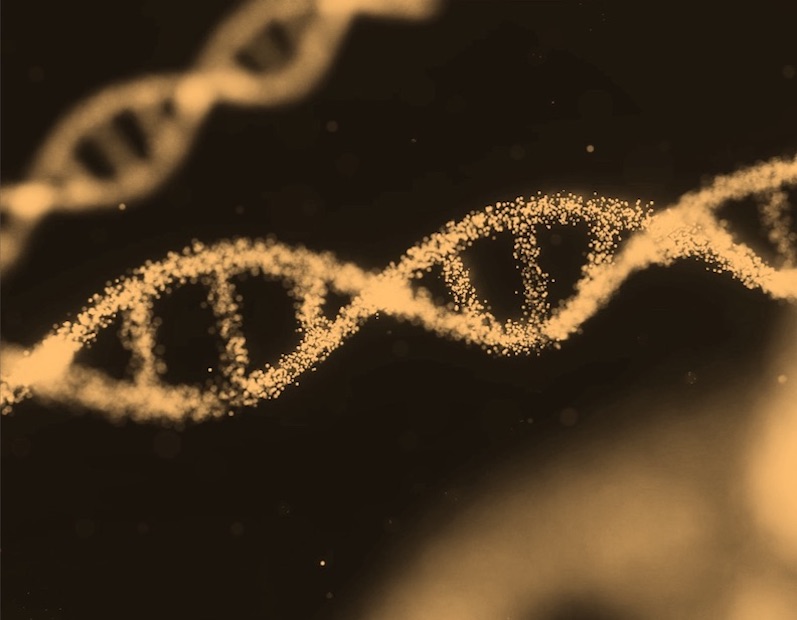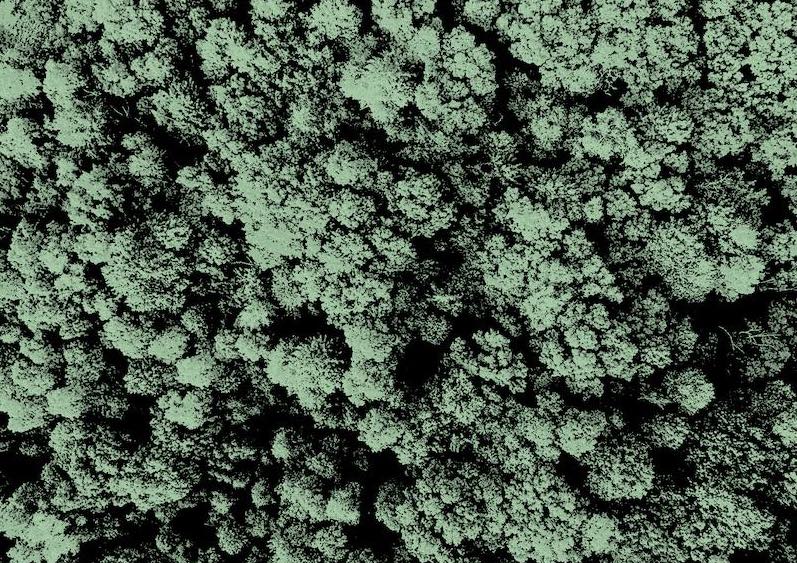Publication not explained
This publication has not yet been explained in plain language by the author(s). However, you can still read the publication.
If you are one of the authors, claim this publication so you can create a plain language summary to help more people find, understand and use it.
Featured Image
Read the Original
This page is a summary of: Nanoparticle catalysed oxidation of sulfides to sulfones by in situ generated H2O2 in supercritical carbon dioxide/water biphasic medium, Chemical Communications, January 2010, Royal Society of Chemistry,
DOI: 10.1039/c0cc01443e.
You can read the full text:
Contributors
The following have contributed to this page










